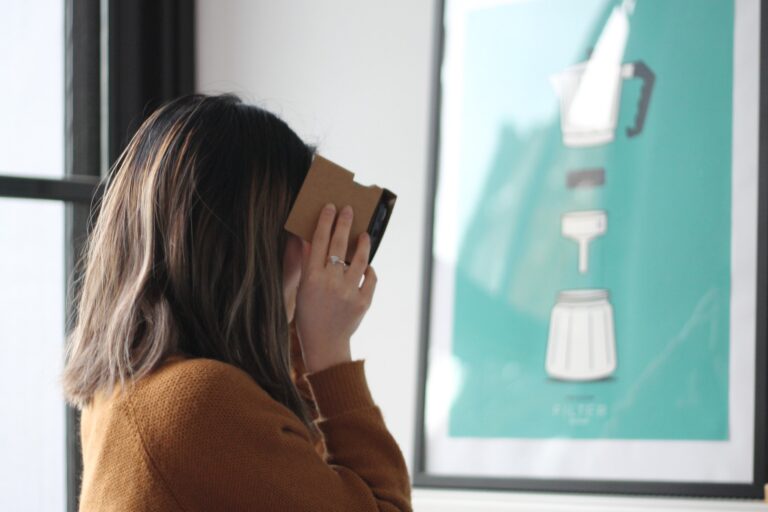Conflict & Tension: What Writers Can Learn From How Visual Artists Use Contrast
Contrast is the visual artist’s most powerful tool. Contrast does not necessarily mean opposite. Evil and contentment, white and off-white are both contrasts, but they are not opposites. Artists use a spectrum of tools to achieve contrast: color and light, saturation and tone shading and line, focus, scale and perspective, body language and facial expression,…




